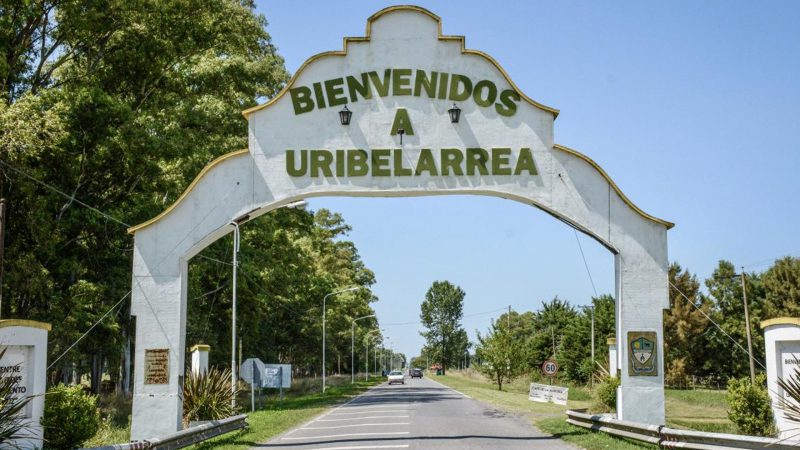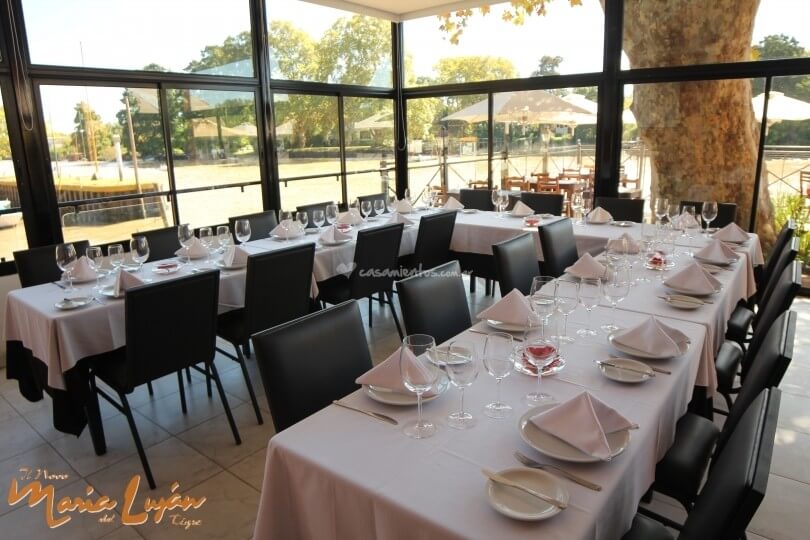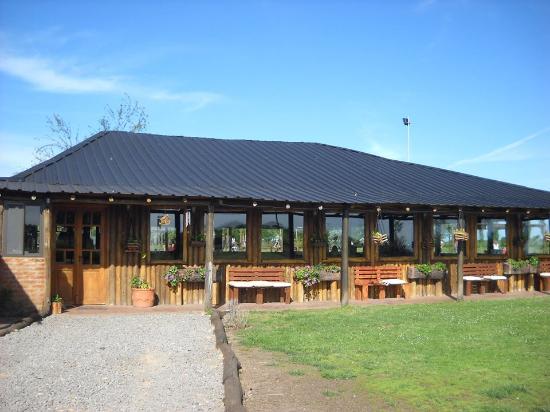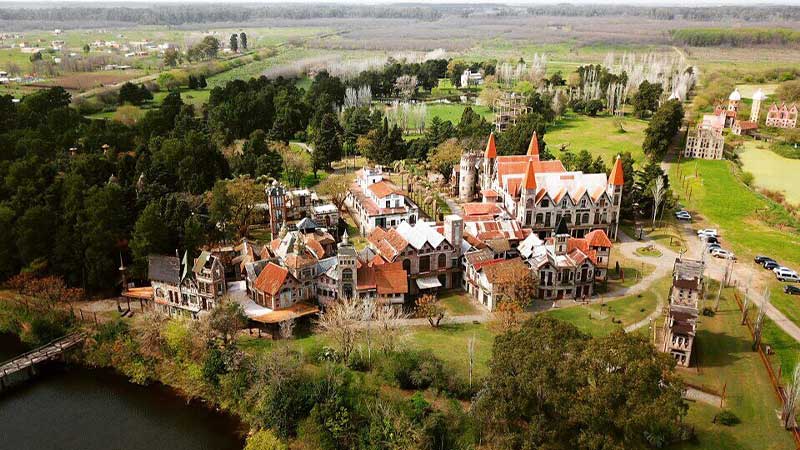It is recommended to start early, with mates and cakes, and take the Ezeiza-Cañuelas highway. It is impossible to get lost because at the entrance there is a large arch that reads "Welcome to Uribelarrea", the protagonist of the photos that tourists take.
Get out the map and walk! Being a very small tourist town, it can be perfectly explored on foot, and letting yourself be carried away by its dirt streets is a magical moment and a gift for the eyes and the heart: old houses with beautiful facades, the typical grocery stores and old and important buildings. for the beginnings of the town, such as the house where the Central de Telégrafos worked, the 1890 mansion of the Argentine Club and also where the La Central Store used to be.
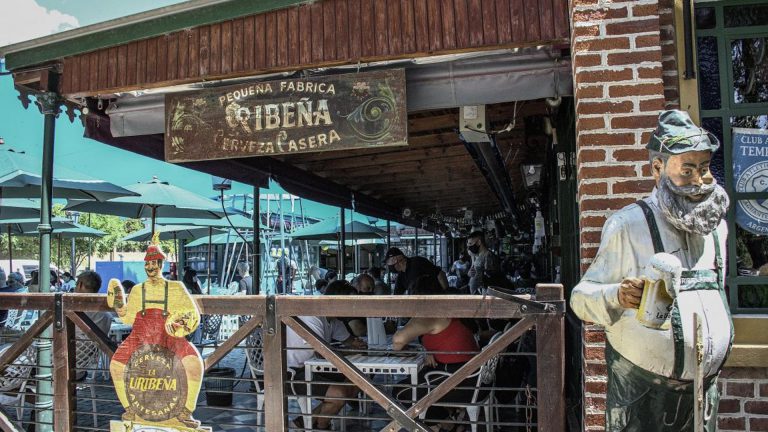
Due to its architectural beauty characteristic of rural towns, Uribelarrea was chosen many times as a location for films and audiovisual productions. Like the Iglesia Nuestra Señora de Luján, inaugurated on December 18, 1890. In the neo-Gothic style, it preserves the original stained glass windows and others that were added from 1996 for the filming of the movie "Evita", by Alan Parker. In the lateral Garden of Divine Mercy you can see a large wooden structure with the figure of Jesus. It is located in front of the main square, called Centenario, where on Sundays there is a craft fair and the richest regional products can be purchased.
Along the Valeria de Crotto avenue, from San Cayetano to the station, there are numerous restaurants and grocery stores that are the main attraction of Uribelarrea, since its gastronomic offer is also drawn by this traditional and regional style. Many choose it for its country salami, cheeses and roasts.
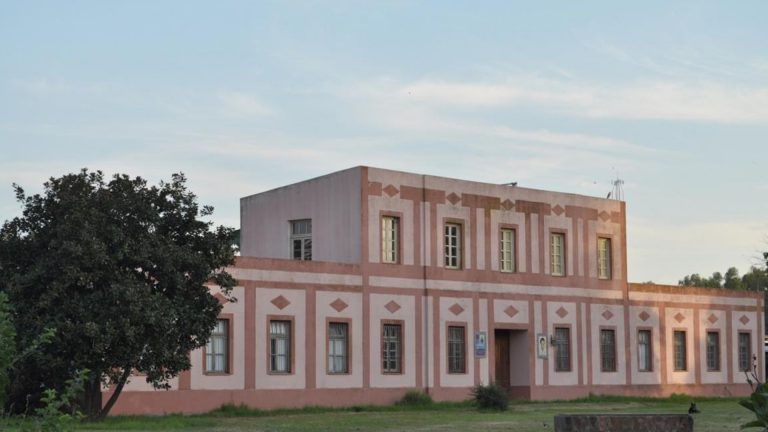
One of its most emblematic places is El Palenque, a historic country restaurant, located on the corner of Plaza Centenario. This warehouse draws attention for its façade, which has been preserved intact since its construction in 1890, when it was a salt deposit for the salting rooms in the area. Currently it is a bar and a food house where you can enjoy traditional and hearty dishes such as pasta, from an Italian recipe, and roast meats, with the ribs as the protagonist. The finishing touch? an exquisite homemade flan. Another must-see option is the classic El Rancho Pulpería, where you can find an infinity of options of appetizers, vermouths and wines, regional meals and peña Saturdays in between with free pizza.
After eating, it is time to resume the journey that leads to the old train station, which although it maintains its character as a rural town, still works. It was inaugurated in 1892 and preserves the style of the time, such as the low platform with its wooden ceiling, the waiting room, the benches and the ticket office. Next to it is the Leopoldo Rizzi Regional Museum of Agricultural Machinery and it is located in a railway shed, a structure that draws attention from the moment you enter the town, since its name is written on its roof. It is open Saturdays, Sundays and holidays from 12 to 17 hours and admission is free.
At the exit of the town is the Don Bosco School, the first agricultural school in Argentina. From there you can see the Don Bosco Church and the mill. There is also a supply of local products made by the students of the Salesian schools in Uribelarrea, Mendoza and Misiones.
Photos: diario26.com
